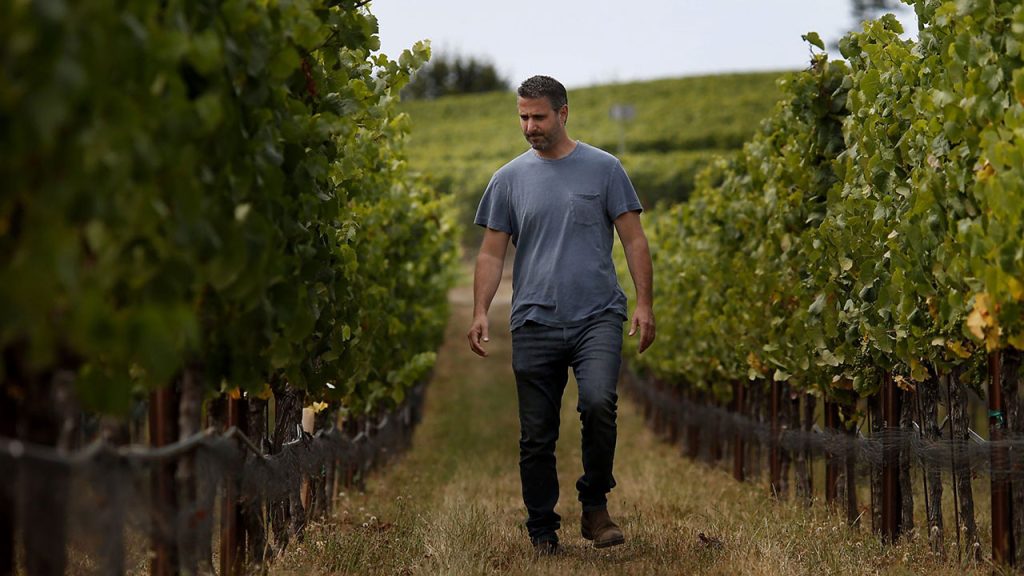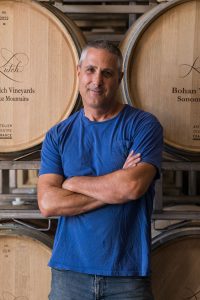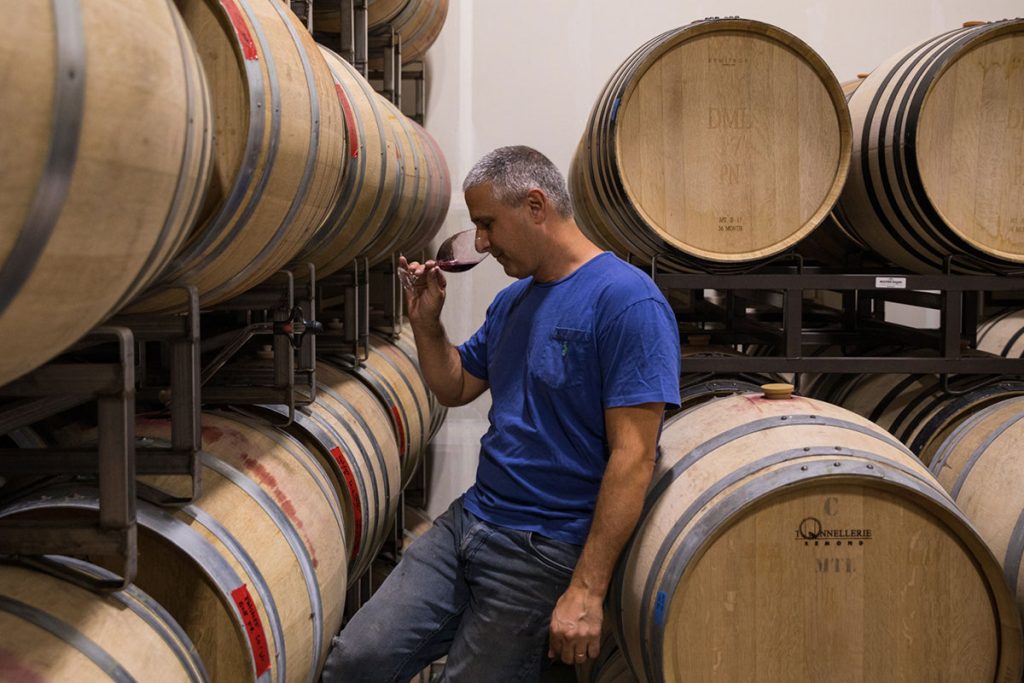Fordham grad Jamie Kutch reflects on his journey from Wall Street trader to Sonoma winemaker praised for his “seriously impressive” and “gorgeous” wines.
Two decades ago, Jamie Kutch made a bold and life-changing decision. The 1996 Fordham grad quit his job as a trader with Merrill Lynch on Wall Street and headed to northern California to become a winemaker under the mentorship of Michael Browne, co-founder of the award-winning Kosta Browne Winery.
Kutch has since built a reputation for signature vintages from grapes harvested across 25 acres, including his 12-acre estate vineyard in Sebastopol, California. His pinot noir and chardonnay have earned high scores from critics. Antonio Galloni, CEO and founder of the world-renowned wine publication Vinous, scored Kutch’s 2021 Bohan Vineyard Graveyard Block pinot noir 95 points, calling it “seriously impressive” and “a gorgeous wine.”
Today, Kutch wines are sold directly to consumers, distributed throughout New York, New Jersey, and Europe, and featured in many Michelin-starred restaurants in Paris.
What inspired your career change from finance to fine wine?
When I left Fordham, I began my career on Wall Street and developed an interest in wine as a hobby. I read the wine chat boards and that led me to connecting with Michael Browne of Kosta Browne Wine. I told him he was living my dream. When I offered to come out to California for a week or two to help with the harvest, his response was, “Why don’t you leave your job and come out for a year? If it doesn’t work, you can always go back to Wall Street.” So, I packed a bag and got on a plane. That was in 2005. I made six barrels of wine, which equates to about 150 cases. This year, I’ll make 150 barrels—about 4,000 cases.
Now, instead of commuting four hours a day to and from work, my “office” is outdoors on vineyards under the sun. It’s hard work, but I love it. There’s something magical about watching the vines grow and creating fruit and picking it.
Napa Valley Wine Academy once praised you for becoming one of the most respected producers of pinot noir and chardonnay in California by refusing to give in to market trends. What have you done differently?
That first year, the market wanted big fruit-driven, California rich, dark, heavier wines. But I started making the style of wine I like and that is lower alcohol, food friendly, high in acidity, fresh tasting. I pick early and leave the stems on with the grapes. That’s called whole-cluster fermentation, and it gives a very different aromatic and taste profile. At the time, it wasn’t the norm to make wines that are 12% alcohol. When you pick grapes late, the sugars are much higher, so they’re much sweeter and that leads to higher alcohol. I find that it doesn’t pair as well with food.
Today, the pendulum has swung way back and there are more natural wines, low alcohol wines, and whole-cluster wines, so that’s exciting to see.
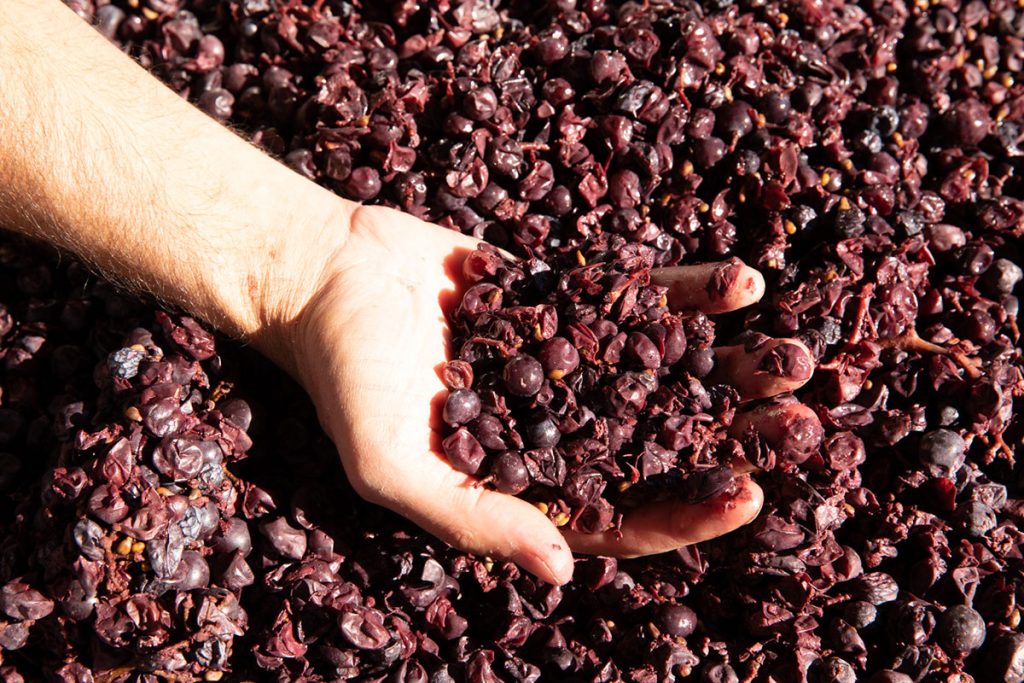
How are you adapting to climate change and the risk of wildfires?
In older Napa and Sonoma, people would plant corner-to-corner grapes, and they’d plant according to how their land ran, so they would look for the longest-distance rows that they could create. Today, with global warming, it’s about figuring out the angles of the sun and the way the sun travels, then planting accordingly to keep your vineyard cooler. I planted 20 degrees off north-south, which creates a cooler climate and more shade.
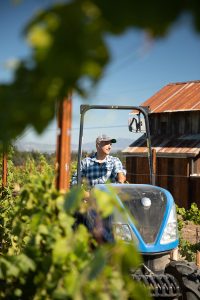
We have an irrigation system that we can operate remotely, so we can water the vineyards on a moment’s notice if the temperature spikes. We also prune early so the new growth starts earlier in the springtime. Sometimes getting your fruit off the vine even a week early can make the difference in avoiding smoke damage from wildfires. Most of the time, you’re not going to lose your vineyard to fire because the vineyards act as a fire break, but if smoke permeates the skin of the grapes, the wine will smell and taste like it. That’s the problem.
How do you integrate sustainability into your winemaking process?
I have a battery-operated tractor. I also reuse barrels and use lighter glass for bottles. If you make 36,000 bottles, and each bottle is half a pound or a pound lighter, that has a big impact on the footprint.
We also plant cover crop—such as barley, rye, peas, and clover—which sequesters carbon. We try not to till our soils, which releases carbon into the atmosphere. We have native bee boxes, raise worms, and plant butterfly milkweed. We’re also planting different species of fruit trees. It’s been an adventure to work with others to figure out the best ways to plant and respect the land.
Interview conducted, edited, and condensed by Claire Curry.

